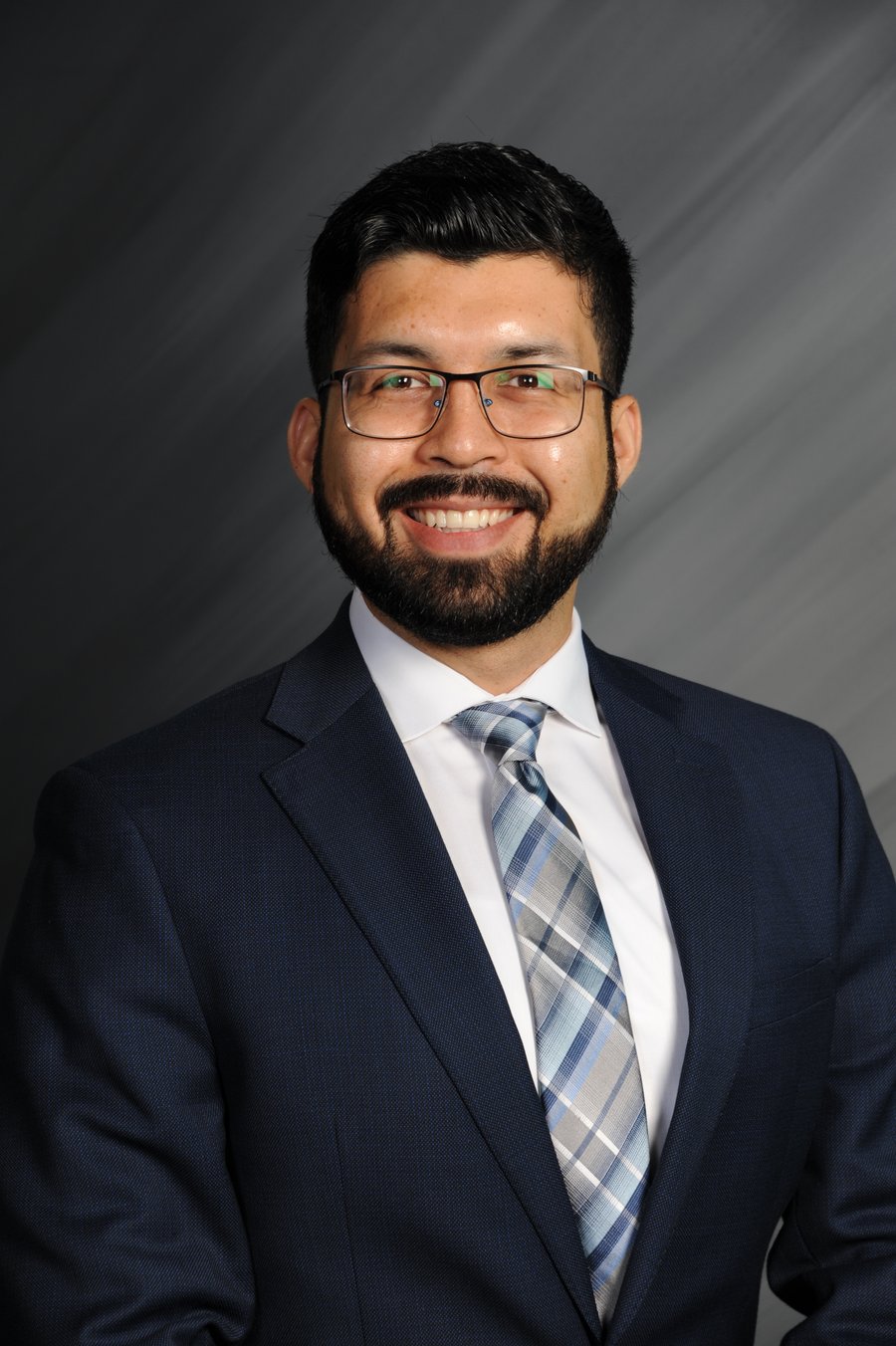
Frequent headaches can be disabling, and they are more common than you think. About 2-4% of U.S. adults have chronic headaches and more than 30% of these report having symptoms daily. As headaches become more frequent, molecular changes in your central nervous system can lead to worsening symptoms and difficulty achieving success with treatment.
You should consult your primary care provider if you suffer from frequent headaches. Your provider will take a thorough history of your symptoms, review your chronic medical conditions and medications, determine if imaging or labs are needed, and perform a comprehensive physical exam. An individualized treatment plan can then be created to maximize your chances of being symptom-free.
There are numerous types of headaches, but the most common types are migraine and tension headaches. Migraine headaches are usually pulsating or throbbing, usually localized to one side, may have nausea/vomiting associated symptoms, may last hours to days, and can be moderate to severe in intensity. Tension headaches usually involve both sides of the head, may feel like tightness or pressure, are mild to moderate in intensity, and usually are not made worse with routine physical activity.
Another headache type that is less common is cluster headache. Cluster headaches usually localize to one side, and may have associated runny nose, eye tearing, facial sweating, or eyelid swelling. This headache sometimes will present with associated restlessness or agitation and will usually last tens of minutes.
Most headaches are benign and can be treated with over-the-counter medications; however, there are certain cases when urgent assessment and intervention is warranted. Listen to your “gut feeling” and consult with your primary care physician when in doubt. The presence of any systemic symptom such as fevers, rashes, body aches or weight loss should raise a red flag. Seizures, changes in consciousness, have facial drooping or inability to move a body part should also raise a red flag. Occasionally some people may develop “the worst headache of my life” and should seek prompt evaluation. It goes without saying that this list is not exhaustive and if you are pregnant or have recently suffered an accident, you should seek urgent medical care.
Acetaminophen and ibuprofen are good starting treatments for migraine and tension-type headaches, if you can safely take those medications. Sometimes migraines and cluster headaches may benefit from a prescribed medication to reduce symptoms. If you still suffer from frequent headaches or if the occasional medication is not helping, a discussion with your primary care provider can determine if you would benefit from starting a prescribed medication for daily use (prophylactic therapy) to prevent the headaches.
Most people prefer to avoid medication if possible, and in the case of headaches, healthy lifestyle changes can make a difference. Addressing poor sleep, lack of exercise, smoking and obesity is a good starting point. Your primary care provider can assist in managing your comorbidities such as high blood pressure, chronic kidney disease or diabetes. Staying hydrated and eating more salads, fruits and vegetables while reducing carbohydrate and fat intake is always encouraged. As with most things, moderation is key! Sometimes it is possible to avoid triggers and/or exacerbating factors. Managing stress, cognitive behavior therapy and relaxation training can help.
 Dr. Juárez is a resident physician who sees patients of all ages and provides obstetrical services at Lone Star Family Health Center, a non-profit 501©3 Federally Qualified Health Center operating facilities in Conroe, Spring, Willis, and Grangerland, and serving as home to a fully integrated Family Medicine Residency Program to increase the number of Family Medicine physicians for Texas and our community.
Dr. Juárez is a resident physician who sees patients of all ages and provides obstetrical services at Lone Star Family Health Center, a non-profit 501©3 Federally Qualified Health Center operating facilities in Conroe, Spring, Willis, and Grangerland, and serving as home to a fully integrated Family Medicine Residency Program to increase the number of Family Medicine physicians for Texas and our community.
Reference
Walling, Anne. “Frequent Headaches: Evaluation and Management.” American family physician vol. 101,7 (2020): 419-428.

.jpg?width=500&name=Abraham%202%20(1).jpg)

